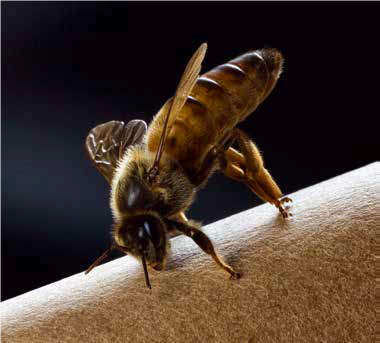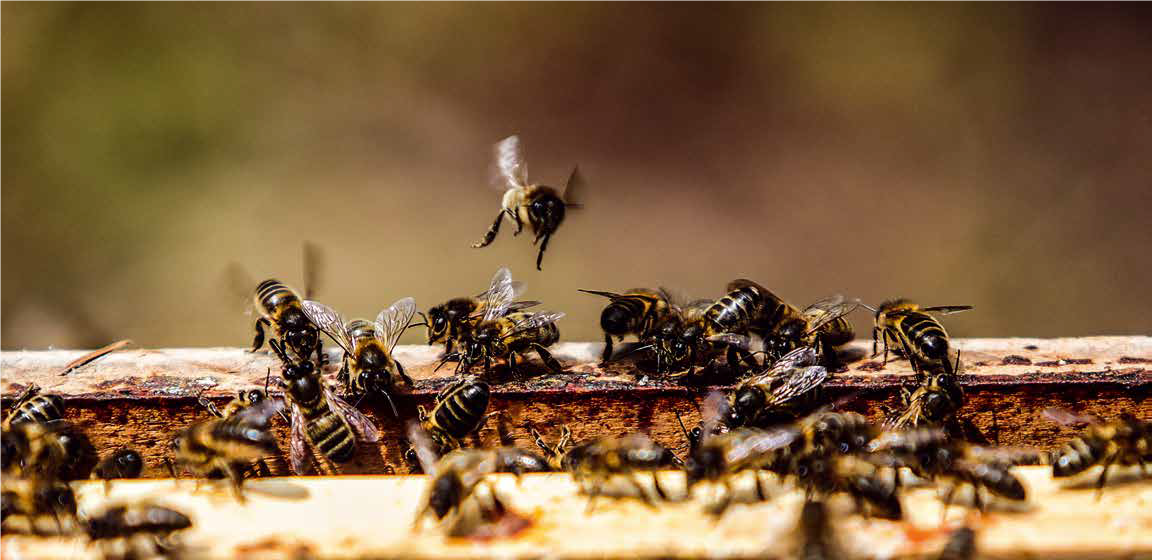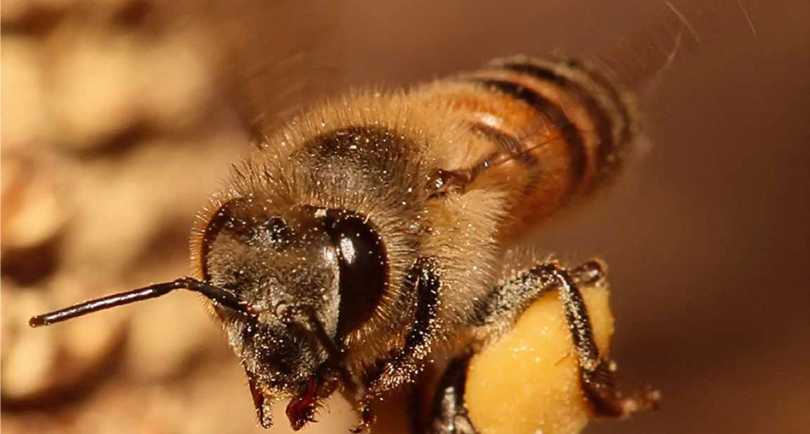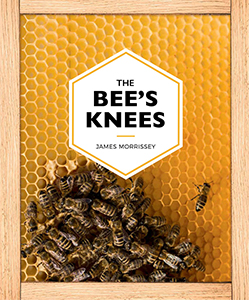April 22nd marks Earth Day and at Currach Books we would like to help readers learn about precious pollinators like bees that are essential to maintain our fragile ecosystem. The extract below is from James Morrissey’s The Bee’s Knees.
Swarming
“A swarm of May is worth a load of hay
A swarm in June is worth a silver spoon
A swarm in July isn’t worth a fly”

Apis mellifera mellifera queen.
This is an old saying that has been handed down by generations of beekeepers to explain that a new colony as a result of swarming will produce honey the earlier in the year it happens. When a hive becomes overpopulated food supplies have to be shared by more bees and this can threaten the entire population. This situation prompts the hive’s worker bees to take action. The swarming procedure starts when the workers identify selected eggs that the queen has laid and feed them with royal jelly. This accelerates the birth of a new queen.
The next stage is when a large number of the bees depart the hive in unison. They prompt the old queen to join them and quite quickly the departed queen will land in a nearby location and she will be surrounded by her bees. Meanwhile a small number of her ‘scouts’ (worker bees) fly off in search of a new ‘home.’
Sometimes the temporary location can be rather inconvenient for people going about their daily business…

Beekeepers in Ireland are on alert from April onwards and regular checking of the hives for inspect the existence and development of queen larvae is the best way to find out if swarming is immiment. When a hive swarms the new location is usually not far away and beekeepers on good terms with their neighbours are likely to be alerted about ‘a lot of bees on one of my apple trees’ or wherever. Inconvenient locations for swarming bees include chimneys, attics, high up on tall trees, garden sheds and disbanded vehicles.
Beekeepers will usually have an empty hive ready to provide a new home for the swarm. And while all this is happening the bees that remained in the hive now tend to their new young queen. In time, this queen starts laying, the worker bees continue their flights for nectar and pollen. And if the integration of the new queen is successful the colony will grow back up to some 50,000 bees in mid-summer and food reserves will be stored up for the winter.


